Around the globe, on every continent, UConn professors are working to prevent species extinction in the face of escalating climate change.
For every degree that global temperatures rise, more species will become extinct, says Mark Urban, a UConn professor of Ecology and Evolutionary Biology. If current climate policies are not modified, warns Urban, rising global temperatures will threaten up to one in six species.
Overall, his study, which was originally published in the journal Science, predicts a nearly 3 percent species extinction rate based on current conditions. If the Earth warms another 5.4°F, the extinction risk rises to 8.5 percent. And if climate change continues on that trajectory, the world will experience a 7.74°F rise in temperature by the year 2100 — resulting in a 16 percent extinction rate.
To make matters worse, the species we know are threatened by climate change, polar and grizzly bears for instance, may be just the tip of the iceberg. Urban found that the risk of species loss is most acute for those continents that have unique climate ranges, with native species that can survive only in a limited range. Yet those regions are the ones researchers have studied the least. Nearly 60 percent of studies about the effects of climate change have centered on North America and Europe. But South America, Australia, and New Zealand are at greatest risk for species loss, says Urban. Urban is one of dozens of UConn researchers at work around the globe studying the effect of climate change on species of all shapes and sizes.
Read on for six reports from the field (and stream and ocean and mountain...).
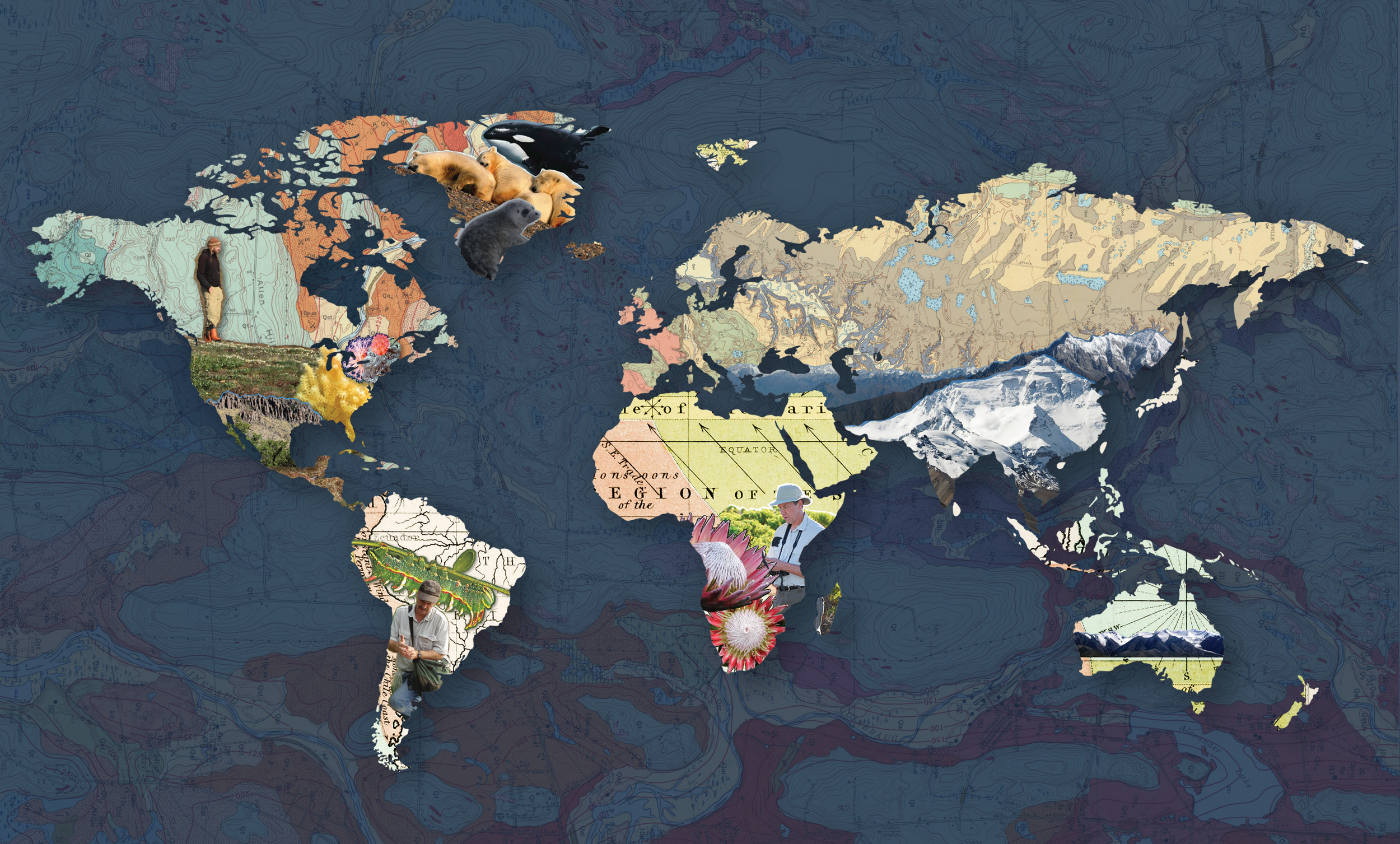
A Fish Tale
Professors: Mark Urban & Ph.D candidate Heidi Golden
Subject: Arctic grayling
Place: Alaska
Who Needs Hawaii?
Professor: Peter Auster
Subject: Coral and sponges
Place: Gulf of Maine
Puzzling
Professors: Melissa McKinney
Subject: Polar bears, ringed seals, orcas, and their prey
Place: Greenland
In Good Shape
Professors: Morgan Tingley
Subject: Mountain species
Place: Global
The Very Hungry Caterpillar
Professor: Dave Wagner
Subject: Caterpillars
Place: American Southwest
Jurassic Flower
Professor: Carl Schlichting
Subject: Pelargonium and Protea plants
Place: South Africa
A Fish Tale
Professors: Mark Urban &Â Ph.D candidate Heidi Golden
Subject: Arctic grayling
Place: Alaska
When Ecology and Evolutionary ÂBiology Ph.D student Heidi Golden arrived in Fairbanks, Alaska, last May, one of her missions was to deliver fish-monitoring gear to locations along the rivers and headÂwaters of three watersheds in the Brooks Mountain Range on Alaska's North Slope.
However, when she walked off the plane she was greeted by 60-degree temperatures and a rapidly disappearing snowpack. This unseemly weather had resulted in a ban on the use of snow machines and other off-road vehicles on the exact overland routes she needed to travel to get critical supplies to the research sites.
But field biologists are nothing if not resourceful, and she and Cameron Mackenzie, a colleague from the Marine Biological Laboratory at Woods Hole, Mass., were able to wrangle a one-day travel exception from the Alaska Department of Natural Resources. This allowed them to make their trek to their base camp with a mountain of fish traps, antennas, tagging equipment, and supplies, not to mention all the camping gear and food needed for an extended stay in the headwaters.
Golden and Ecology and Evolutionary Biology Professor Mark Urban have travelled to Alaska the past two summers to study the Arctic grayling, a fish that is considered a keystone species in the far northern streams it inhabits. Their goal has been to evaluate the relationship between climate change and the movement, plasticity (the ability of an organism to change in response to the environment), and adaptability of the grayling.
This is part of Urban's larger quest to determine how evolutionary and community dynamics shape species distributions and how habitat fragmentation, reflected by changes in an organism's preferred environment, can cause changes in them that might make them more or less susceptible to extinction.
"The climate in the Arctic is changing more rapidly than virtually anywhere else in the world. If we can study these changes and learn from them, we may be able to better understand what is happening elsewhere," says Urban.
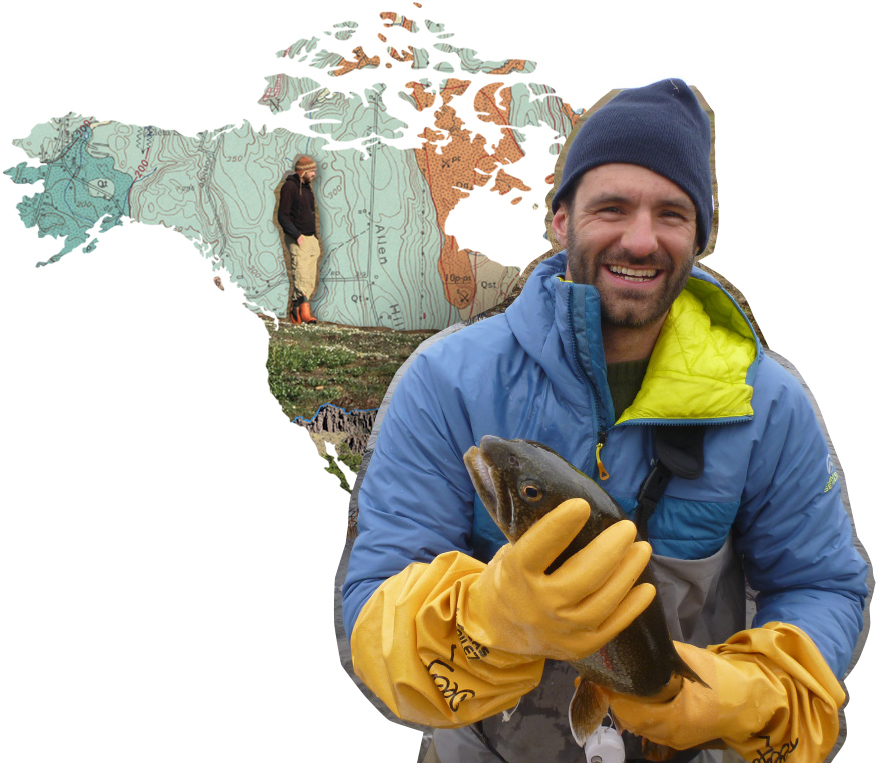
In order to understand the population dynamics of the graylings, the fish are caught in nets and fitted with passive integrative transponder (PIT) tags. Their movements are then tracked using antennas strategically placed along the rivers they populate.
But this year was somewhat problematic. "We thought we'd arrived early enough in the season so that overland travel wouldn't be an issue, but this was the warmest May on record on the North Slope, going back to when records were first kept in 1925," says Golden. "The ground was thawing and Alaskans were experiencing what they believe is T-shirt weather, but this isn't what springtime in the fiftieth state used to mean!"
In addition to the transportation difficulties caused by the snowmelt, there were fewer adult fish for the research team to catch. While there were a lot of juveniles and fish that looked like they might become capable of spawning, not many were actually doing so. The true indication that something was different,
Golden explains, was how early the young of the year (YOY) came out from under the gravel in the streambeds. "They were about three weeks earlier than average, and that's really, really early."
And, she says, "With weather this warm, there are repercussions for both the YOY and the adults. A warm year is good for the young because it helps them grow rapidly, but the effect is just the opposite for the adults. They are territorial by nature and don't like to be crowded, so they are under considerable stress. There's also a heightened risk of predation, as they get eaten by gulls and other birds and animals that find them vulnerable when they became stranded in shallow pools."
According to Urban, the Arctic grayling is not in danger of extinction because of their circumpolar distribution, even with the lower numbers counted by the research team this summer. He points out, however, that Golden has discovered that the fish do have microscale genetic variations, and that this leads to questions that will be answered only by further research.
"We don't know yet whether this genetic variation is related to specific traits or whether there are just genes differentiating randomly on a really localized scale," he says. "But if we do find genetic differences that are related to different traits, it may be that there are fish that are becoming adapted to being lake fish and others that are adapting to being stream fish; ones that are voyagers that go far downstream, while others stay localized.
"Since fragmentation of a species can lead to loss of resilience in the population as a whole, this is something that we will continue to study into the future as we make repeated trips back to the Arctic."
"This was the warmest May on record on the North Slope, going back to when records were first kept in 1925."
Who Needs Hawaii
Professor: Peter Auster
Subject: Coral and sponges
Place: Gulf of Maine
Brilliantly colored gardens of red tree coral, fan coral, and multiple species of sponge grow on underwater ridges and along the walls of box canyons deep in the cold waters of the Gulf of Maine off the northeast coast of the United States.
The question is, "Who knew?"
There are stories dating back to the 1800s of fishermen in the Gulf recovering pieces of coral that had snagged on their gear, but until recently there were only educated guesses as to the actual extent of the coral, and where it might be located.
Peter Auster and his colleagues from the University of Maine and the National Marine Fisheries Service spent part of the past three summers aboard UConn's Research Vessel RV Connecticut searching for these deep sea coral communities. Using remotely controlled underwater vehicles and sophisticated data telemetry and video technologies, they literally 'walked' their cameras along the ocean floor in search of their elusive quarry.
Auster is Research Professor Emeritus of Marine Sciences at UConn's Avery Point Campus, Science Director of the -Northeast Underwater Research Technology & Education Center (NURTEC), and a Senior Research Scientist at Mystic -Aquarium. He explains that marine scientists believe that the deep sea corals that remain today are vestiges of communities that were much more widely distributed in the past. They are particularly susceptible to things like climate change.
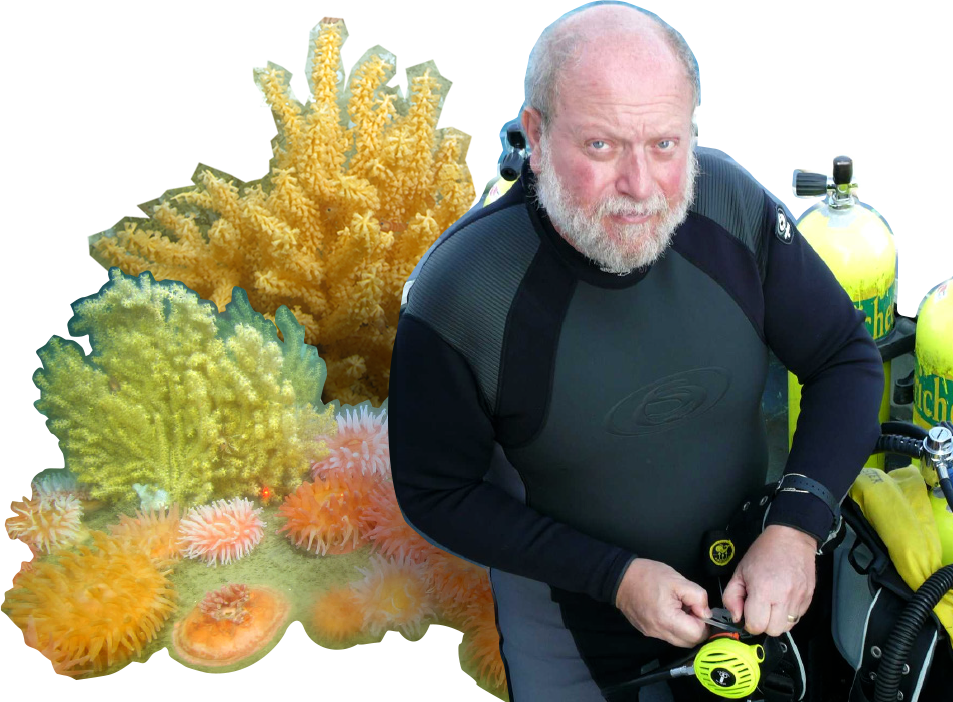
"Deep sea coral communities are sensitive to environmental changes and vulnerable to human activities, such as commercial fishing and oil and gas exploration," says Auster. "Federal legislation acknowledges these problems and the need for conservation. In fact, the United Nations General Assembly has passed several resolutions that are focused on this deep sea coral and other ecologically fragile communities because of their vulnerability to outside forces. That's why we set out to find what might be hidden in the Gulf of Maine."
The Gulf stretches from the western tip of Nova Scotia all the way to Cape Cod, Mass., and spans 36,000 square miles. It is home to more than 2,200 species of marine life and birds, and encompasses Georges Bank, an immense shoal that for generations was one of the world's richest commercial fishing grounds.
Auster's scientific team has identified five distinct high- density patches of coral widely spaced across the Gulf and boasting formations that extend anywhere from about 25 to 40 feet high at depths of more than 600 feet. They are not only surprising in their size, according to Auster, but are unbelievably complex and beautiful.
"It's amazing we have been able to make these types of discoveries in one of the most well studied parts of the global ocean, and after a bit more than half a century of people diving with submersibles in this region. I've been doing this kind of work for over 30 years and I was stunned when we first found these canyon walls covered in coral."
Puzzling
Professors:Â Melissa McKinney
Subject:Â Polar bears, ringed seals, orcas, and their prey
Place:Â Greenland
Melissa McKinney is assembling a giant jigsaw puzzle. But instead of using pieces of colored cardboard, she gets to use whales, polar bears, seals, and fish. On top of that, she doesn't have an already completed picture to tell her what the end result will look like, although she has her suspicions.
McKinney is an assistant professor in the Department of Natural Resources and the Environment and she also holds a joint appointment in UConn's Center for Environmental ÂSciences and Engineering. Her background in ecotoxicology involves the study of how toxic chemicals affect biological organisms. This expertise has led her to an exploration of how global climate changes may be playing a role in how various species that call the northern latitudes home are affected by synthetic, or manmade, organic compounds.
"Most of my work involves looking at the top of the food web at things like polar bears and other marine mammals. They tend to have high levels of PCBs, DDT, and other toxins in their systems. Even though these contaminants, called organochlorines, haven't been used in the Arctic to any extent, they are able to make their way long distances through atmospheric and aquatic pathways. Eventually, they get into Arctic food systems. Tissue samples taken from polar bears across their circumpolar range clearly showed elevated levels of these contaminants and that is definitely cause for concern," says McKinney.
The Beaufort Sea polar bears McKinney studies have traditionally dined on ringed seals found on the ice. However, there has been noticeable erosion of the sea ice in that region and an increasing number of bears are eating whales that have been hunted by indigenous peoples and whose carcasses remain on shore.
"Lately," says McKinney, "we have been finding a strong relationship between sea ice change and how much of this on-shore food they eat. We think these dietary changes may be important mechanisms that relate to the health of the bears."
Another species of particular interest to McKinney is the orca or killer whale. This is a species that doesn't traditionally inhabit Arctic waters, although there is anecdotal evidence that there are more of them spending time in the far north than ever before, and that they are staying for longer periods of time.
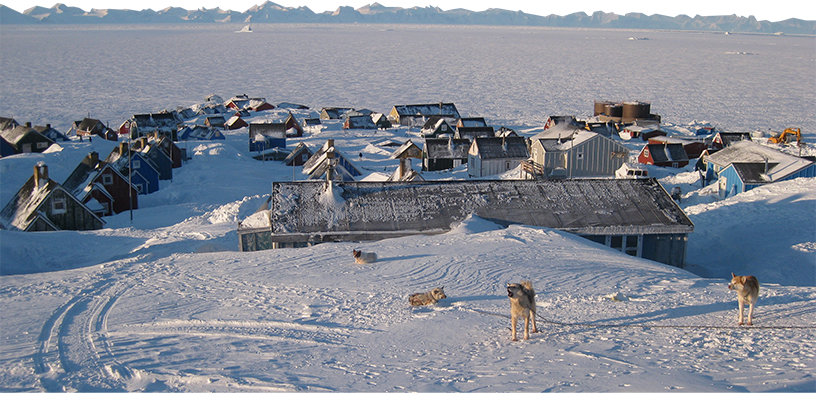
Research Station in Greenland
McKinney says that, based on evidence from biopsies of their blubber, these whales may be among the most contaminated marine mammals in the world. The orcas that McKinney has her eyes on now are those that are showing up off the coast of Greenland. "The killer whales of the North Atlantic have not been studied as much as those on the west coast, but in the past few years more and more of them have been sighted off Greenland," she says.
These giant predators may be primarily fish eaters, but recent evidence suggests that at least some of the whales are consuming seals and other whales. "Killer whales are thought to be very specialized eaters, but these findings raise the issue of whether, under rapidly changing conditions, such as ocean warming, they might actually be much more opportunistic," says McKinney. "They are voracious eaters and it doesn't take many of them to consume a large number of a smaller species, such as seals and other whales. This leads us to wonder if the killer whales everywhere in Arctic waters are beginning to feed on marine mammals and what the potential impact on those populations may be."
Every puzzle has large and small pieces and, on the smaller end of the size scale, are the prey fish that have traditionally formed a large part of the diets of seals, whales, larger fish, and sea birds. "Changes in prey fish populations have been observed in regions like the Hudson Bay over the past thirty years," says McKinney. "Arctic prey fish have largely been replaced by subarctic species and this has led to diet changes in sea birds and marine mammals. We're looking at the contaminant differences among various types of fish and what that might mean in terms of food quality."
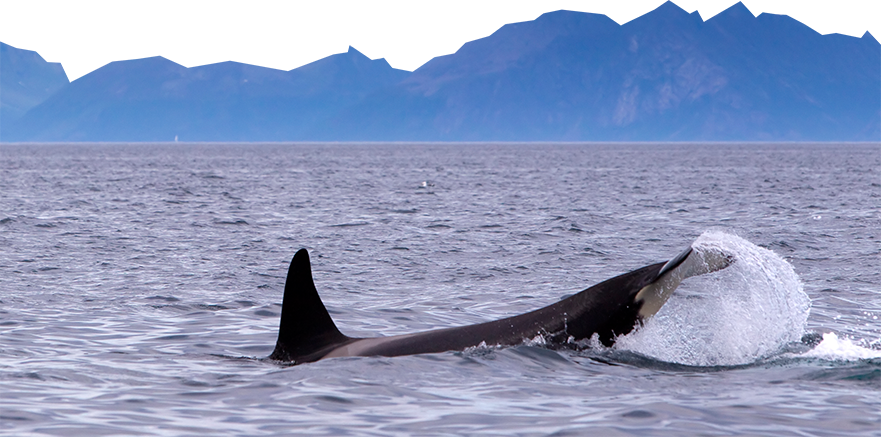
"These Arctic whales may be among the most contaminated marine mammals in the world."
So the puzzle continues to evolve. All along the food chain, species are exposed to what has been consumed before. And, although McKinney's research doesn't extend to the individual at the very top of that chain, there are others who are exploring the diets of the indigenous peoples who inhabit the far north and who hunt and fish for their food.
McKinney says it is her hope that some of her research can be used to support international agreements regarding the use of chemicals worldwide."If contaminants can reach the Arctic, it means they are present throughout the global food web. It's really important to me that there is awareness of how human activities in one location can potentially affect other species, even in remote regions of the planet. Saying that we need to be stewards of the Earth isn't just an idle thought. It's something we really have to take seriously."
In Good Shape
Professors: Morgan Tingley
Subject: Mountain species
Place: Global
Close your eyes and imagine a mountain. What does it look like? What shape is it?
Most likely you imagined something pyramid shaped: broad on the bottom, pointy on top, and tapering in between. If that's what you envisioned, you're not alone. Scientists have been describing mountains this way for decades, especially in the context of climate change and its effect on living things.
But a study co-authored by Assistant Professor of Ecology and Evolutionary Biology Morgan Tingley and published in the journal Nature Climate Change, shows that when you look at entire mountain ranges, such as the Rockies or the Himalayas, their shapes are more accurately portrayed as diamonds, hourglasses, or even upside-down pyramids.
This mind-twisting reality, say the authors, could be a boon for some species but more serious peril for others, as the Earth's climate continues to change.
Conventional mountain wisdom goes like this: As you climb up in elevation, temperature decreases. As the Earth warms, species adapted to their current climate must move higher and higher in elevation to stay in those best-adapted conditions. Climate change acts like an escalator, taking species further and further up. At the top of a mountain, then, species would get crowded, and be, in effect, pushed off the escalator into extinction.
Not necessarily, according to Tingley and co-author Paul Elsen, an ecologist who studies the birds of the Himalayas. Traversing mountains in the Himalayan range, Elsen had observed that natural features like steep slopes, plateaus, and deep ravines can increase or decrease a mountain's habitable area.
"In the Himalayas, you can hike up a really steep slope to a high elevation, at about 15,000 feet, and reach vast expanses of habitat," says Tingley. Using the most comprehensive public data set available on mountain ranges, Tingley and Elsen analyzed the surface area across elevations for 182 distinct mountain ranges on all six inhabited continents.
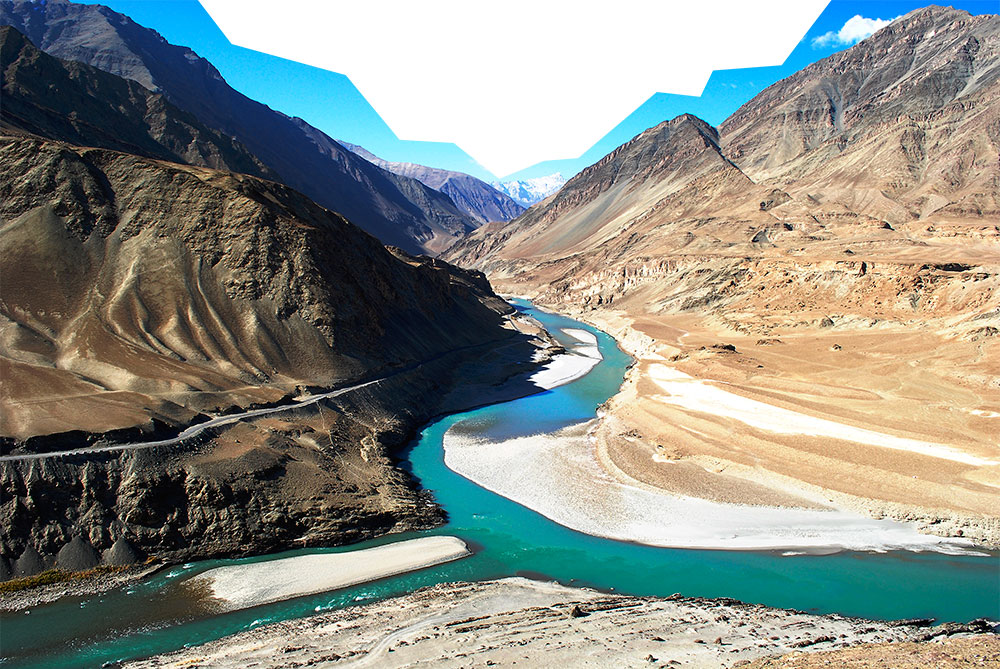
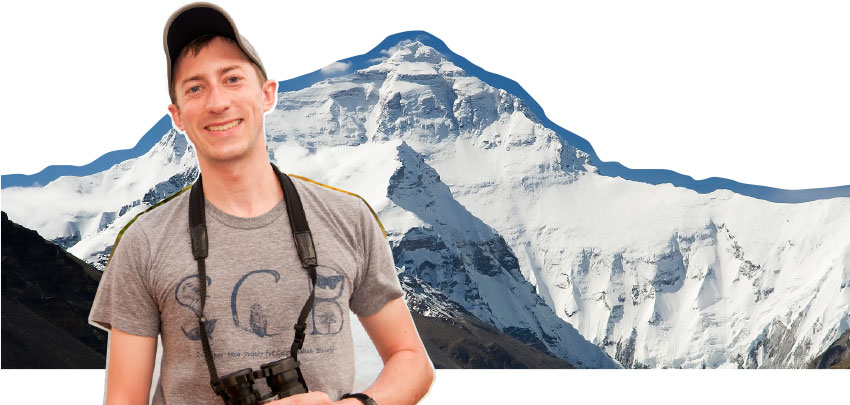
What they found has turned their idea of mountains literally inside-out: More than two-thirds of all the mountain ranges did not conform to a pyramid shape. Instead, 39 percent had a majority of their area at mid-elevation (a diamond shape), 23 percent had dips in available area at mid-elevation (an hourglass), and 6 percent had most of their area at high elevations (an inverted pyramid).
Tingley says these findings throw a big wrench into theories that depend on an assumed escalator effect. The Rocky Mountains, for example, are a diamond-shaped range, so animals and plants living in the foothills may actually see an increase in available space as they move up these mountains.
Similarly, species that live at mid-elevation in hourglass-shaped ranges also might find more space at higher elevations. The Himalayan monal, a rooster-sized, rainbow-colored, mysterious pheasant — famous as the inspiration for the character Kevin in the Disney/Pixar movie "Up" — currently lives in the middle of the hourglass-shaped Himalayas. A species like this could benefit from shifting up, says Tingley.
But for other species, such as animals in the foothills of the Himalayas, there may be far less space to move to at the middle of the mountain than there is higher up, says Tingley. He calls these areas "bottlenecks."
"Some species that are at low elevation on hourglass mountain ranges could go through a mid-elevation bottleneck where there's not as much space," he says. "If you can make it through the bottleneck, that's great, but if you're a species that's narrowly restricted in its elevation range, you could go extinct before you expand into that higher-elevation space."
And in the case of inverted pyramid ranges, where most of the area is toward the top, there would be more area for animals and plants as they move upward — until the very top, of course, where all mountains end.
Tingley says he hopes conservationists will take mountain topography into account when creating species conservation plans. "When it comes to conserving species on mountains, we have to be asking: What is the species? Where is it? What is the topography? And, importantly, where is that species likely to go?"
The Very Hungry Caterpillar
Professor: Dave Wagner
Subject: Caterpillars
Place: American Southwest
By far, the caterpillar must be considered one of nature's most intriguing, colorful, and bizarre manifestations of life on earth.
Caterpillars are the larval stage of Lepidoptera, the order of insects that includes moths and butterflies, and they hold particular fascination for David Wagner, a professor in the Department of Ecology and Evolutionary Biology. In part, this is because of the role that caterpillars and their enemies play as bellwethers for climate change across continents and in dramatically different environments.
"My research on caterpillars and their association with plants and with their natural enemies involves collaborating with colleagues from more than a dozen institutions in regions extending from New England to the rain forests of South America to the deserts of the American Southwest, and back to Storrs," says Wagner.
He and his fellow entomologists are particularly interested in documenting how the interrelationships across three trophic levels — plants, caterpillars, and the wasps and flies that parasitize them — change across latitudes as a function of climate differences.
For the uninitiated, parasitism plays a vital role in population control of insects. A parasite is an organism that spends a significant portion of its life in or on the living tissue of a host species. In this case, wasps and flies are the parasites and caterpillars play the role of host.
Many different species of wasps and flies lay their eggs in or on caterpillars and their larval stages feed in the inside of their host. Nearly always, the caterpillar doesn't survive, but the insect assassins do, making this unique relationship one of nature's most delicate balancing acts.
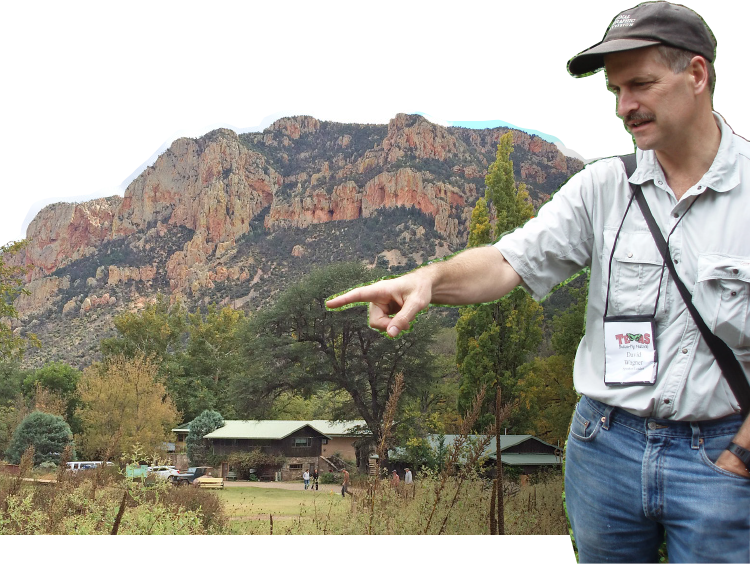
Wagner describes what he has observed this way. "We have found that as climate becomes more dynamic and less predictable, as in the arid lands of the American Southwest, parasitism rates by natural enemies declines. Lower parasitism translates to more caterpillars and that leads to more defoliation and greater loss of fruits, vegetables, flowers, and other vegetation.
"As we destabilize the climate and heat up the atmosphere, it becomes harder for natural enemies to control the numbers of caterpillars. This, in turn, makes it harder to avoid defoliating plants that may play important environmental and economic roles."
More herbivory — the eating of plant matter — can mean significantly lower crop yields and loss of income for farmers and ranchers. The data Wagner and his colleagues are collecting across continents will allow them to model the potential impacts of changing climates, both as a function of increasing mean temperatures and greater climate fluctuations.
In addition to his teaching and research for UConn, Wagner takes part in what he calls 'science boot camps' with Earthwatch, a non-profit organization that supports scientific research while engaging citizen scientists in actual field work.
The research teams are composed of both business executives and scientists working together on equal footing. Wagner explains that what he finds especially gratifying about this experience is that a few attendees who've been sent by their corporations to learn something about the climate and sustainability may show up being skeptical about whether climate change is real or not, and others wonder why they should care.
"But after they listen to our lectures and become full participants in the science," he says, "they discover how complex and delicate our ecosystems are, and how important it is for corporations to take part in efforts to control climate and promote biodiversity.
"They drink the Kool Aid," he says with a laugh, "and it's probably the most important thing I do because we reach a novel audience, often filled with skeptics, and we turn them into believers and advocates for a sustainable world."
Jurassic Flower
Professor: Carl Schlichting
Subject: Pelargonium and Protea plants
Place: South Africa
"Humans may be changing the climate faster than at any other time in the past," says Carl Schlichting, professor of Ecology and Evolutionary Biology and lead investigator on a study of how plant communities in South Africa are adapting to climate change.
Schlichting's group's research is taking place in the Greater Cape Floristic Region of South Africa, which is home to two worldwide biodiversity hotspots: the shrub-filled fynbos and the desert karoo biomes. These biomes are among the most biologically diverse regions on Earth, says Schlichting, containing as much plant diversity as the Amazon rainforest in South America.
Two groups of flowering shrubs native to this area have been undergoing rapid diversification for the past 15 million years or so: Pelargonium, which includes garden-variety geraniums, and Protea, which includes the national flower of South Africa. The habitats in which these plants occur have historically experienced significant and rapid warming and drying events, yet these plants have survived and even diversified.
To understand the key to these plants' success, Schlichting and his colleagues have been measuring many of the shrubs' physical features, such as leaf characteristics and rates of photosynthesis. They have discovered evidence of local adaptation to different climates for a widespread Protea species and, within the genus Pelargonium, have found differences in adaptation to water availability.
The scientists will combine this genetic information with the plants' physical traits to find genes that are likely to be responsible for different traits, which Schlichting says is key to estimating how fast evolution has occurred.

By connecting historical climate changes to these models of past plant characteristics, the scientists can determine what effect previous climate change has had on plant species diversification. They can then use this information to predict what the plants will look like under different climate scenarios in the future.
For example, if past warming events led to smaller leaves in a particular group of plants, the leaves may continue to get smaller as the planet warms in the future. However, smaller leaves may limit the ability of the species to collect the sun's energy, and may lead to its eventual extinction.
— Christine Buckley

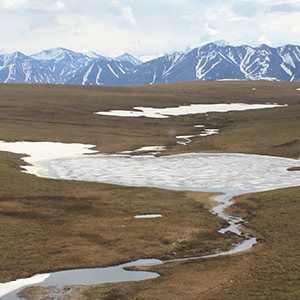
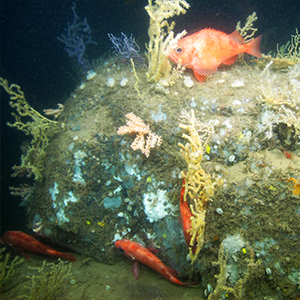

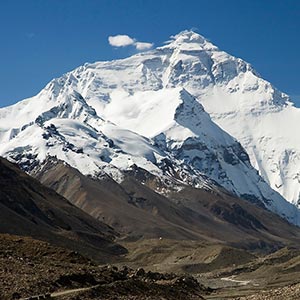
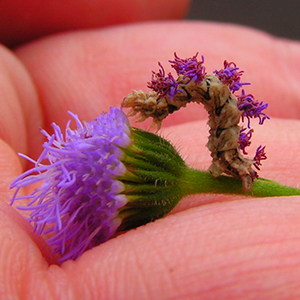
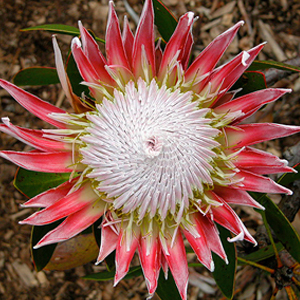
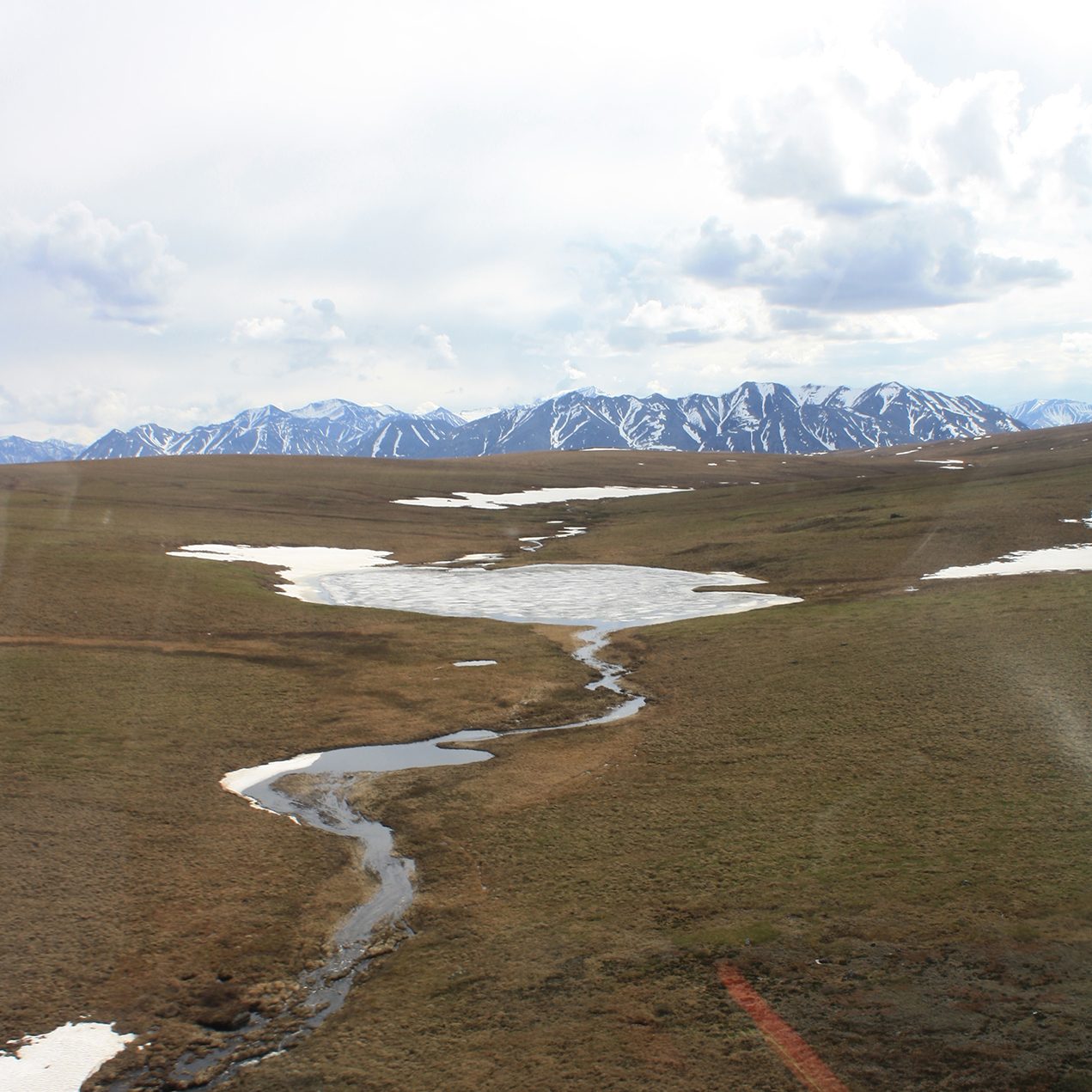
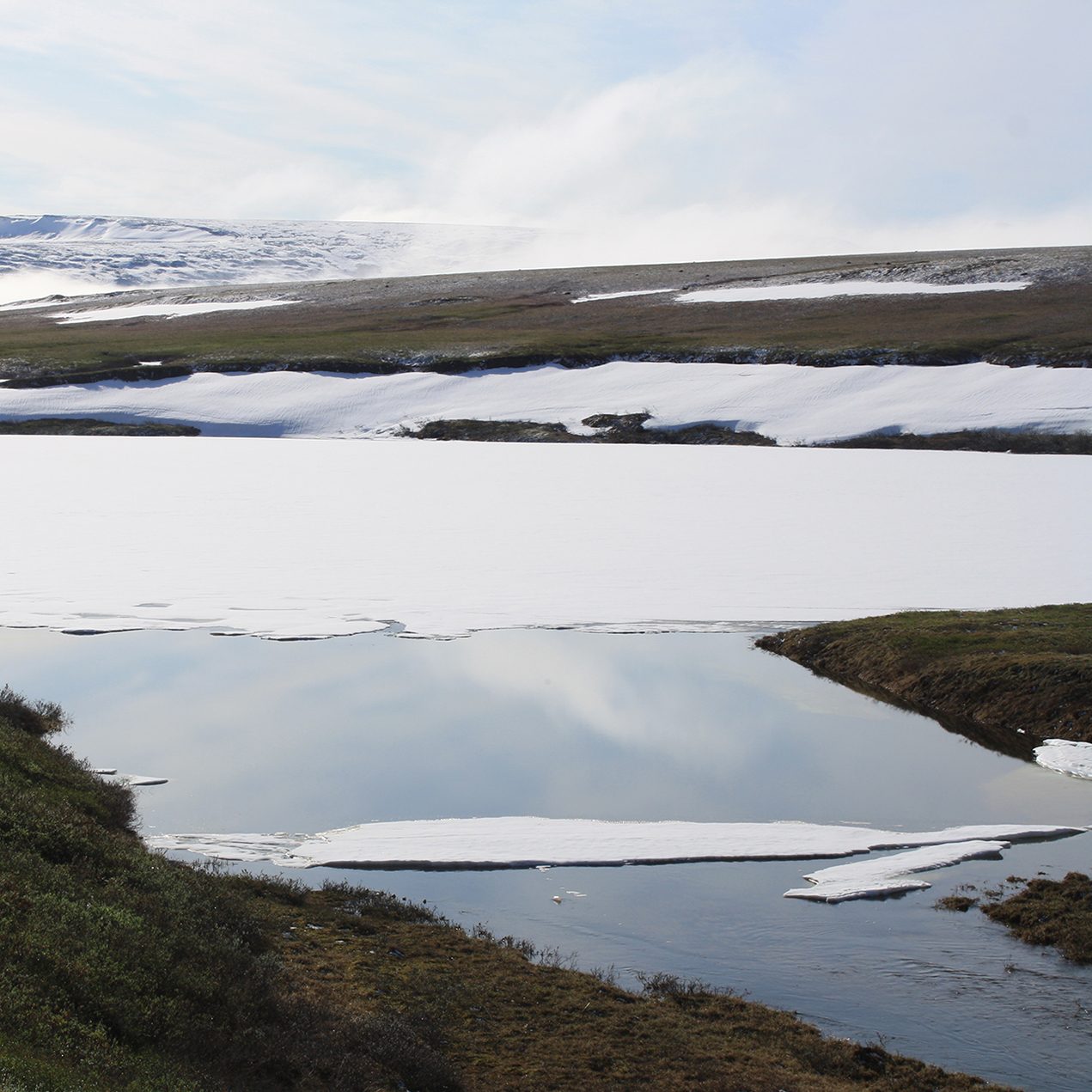
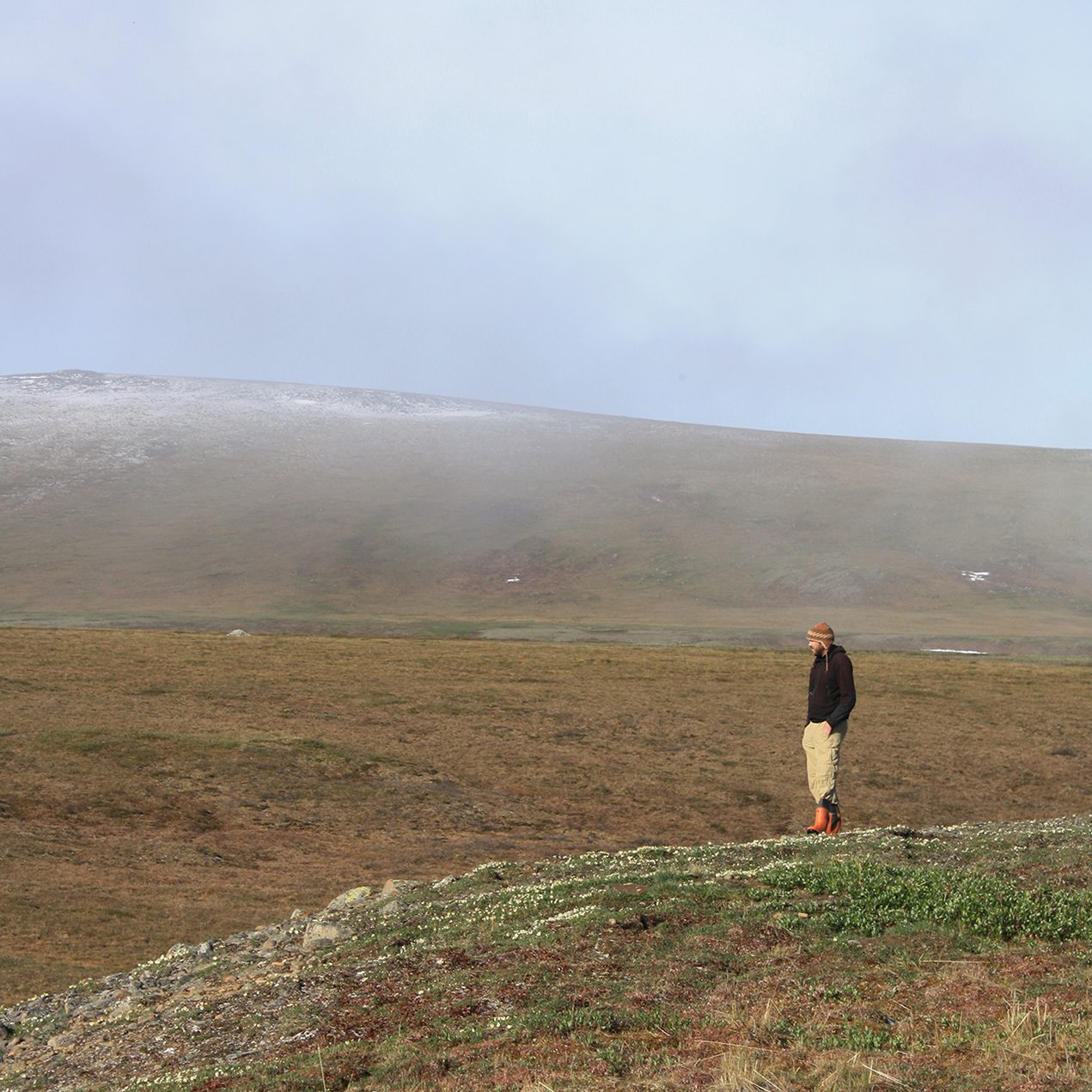
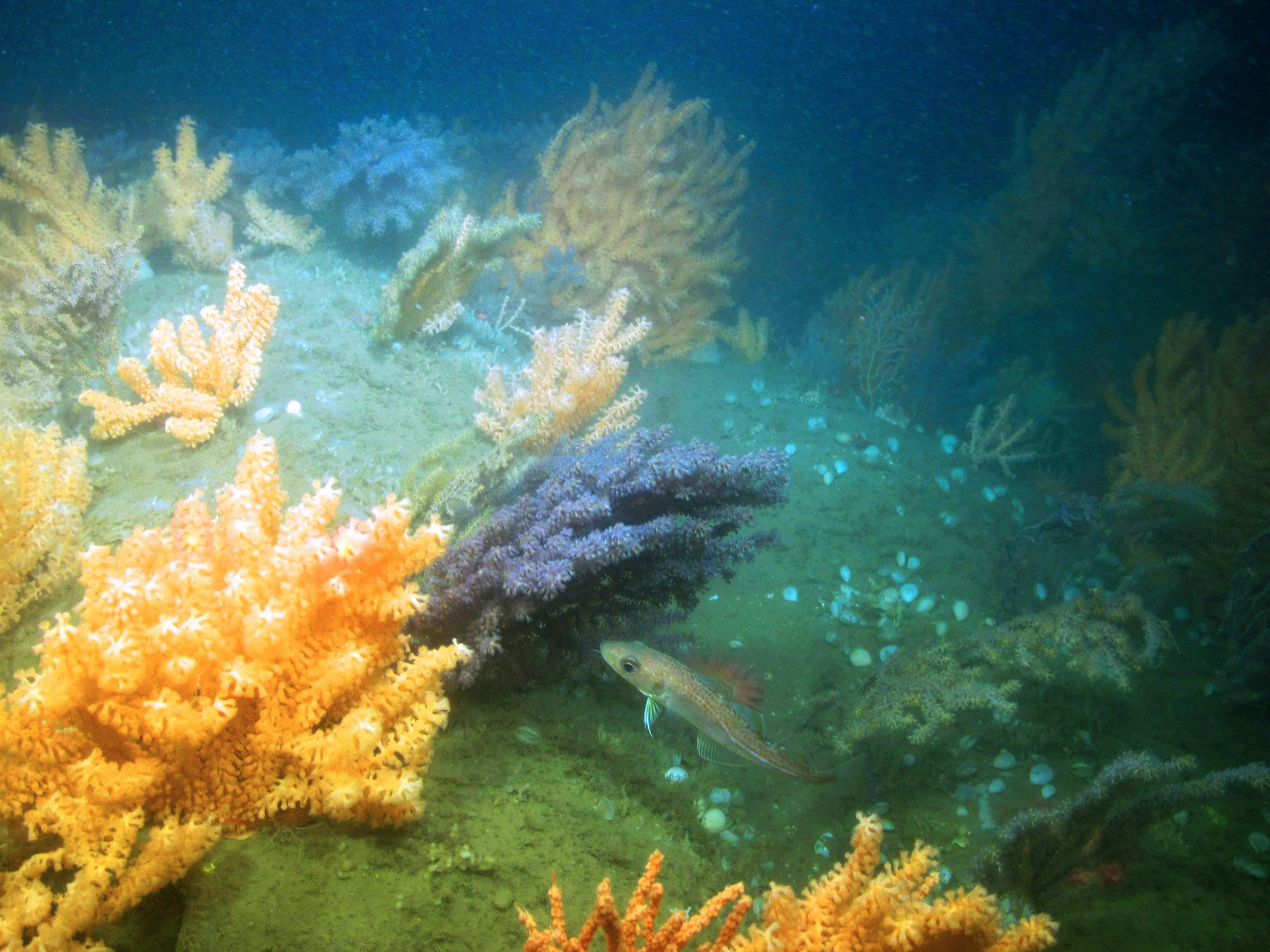
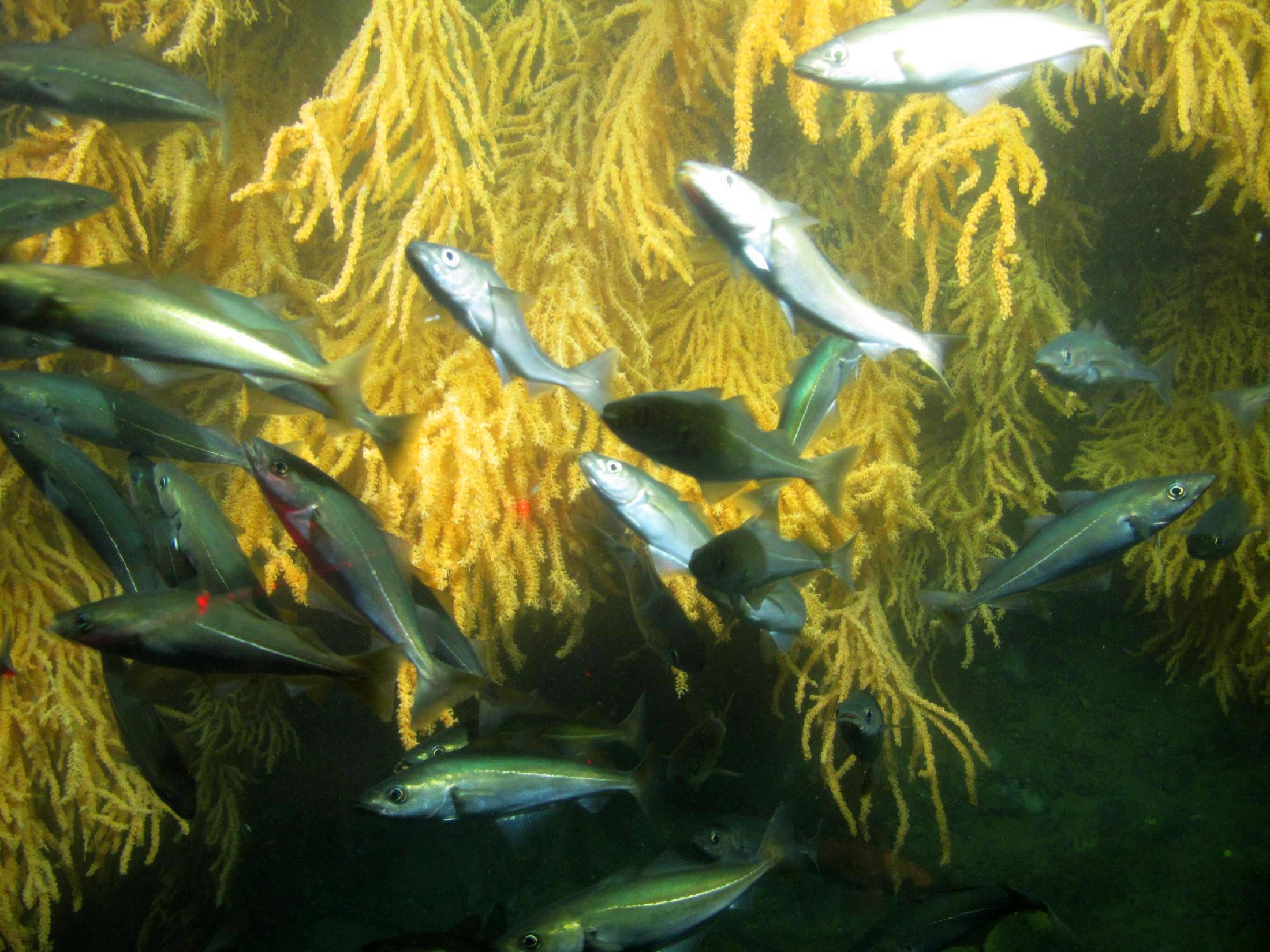
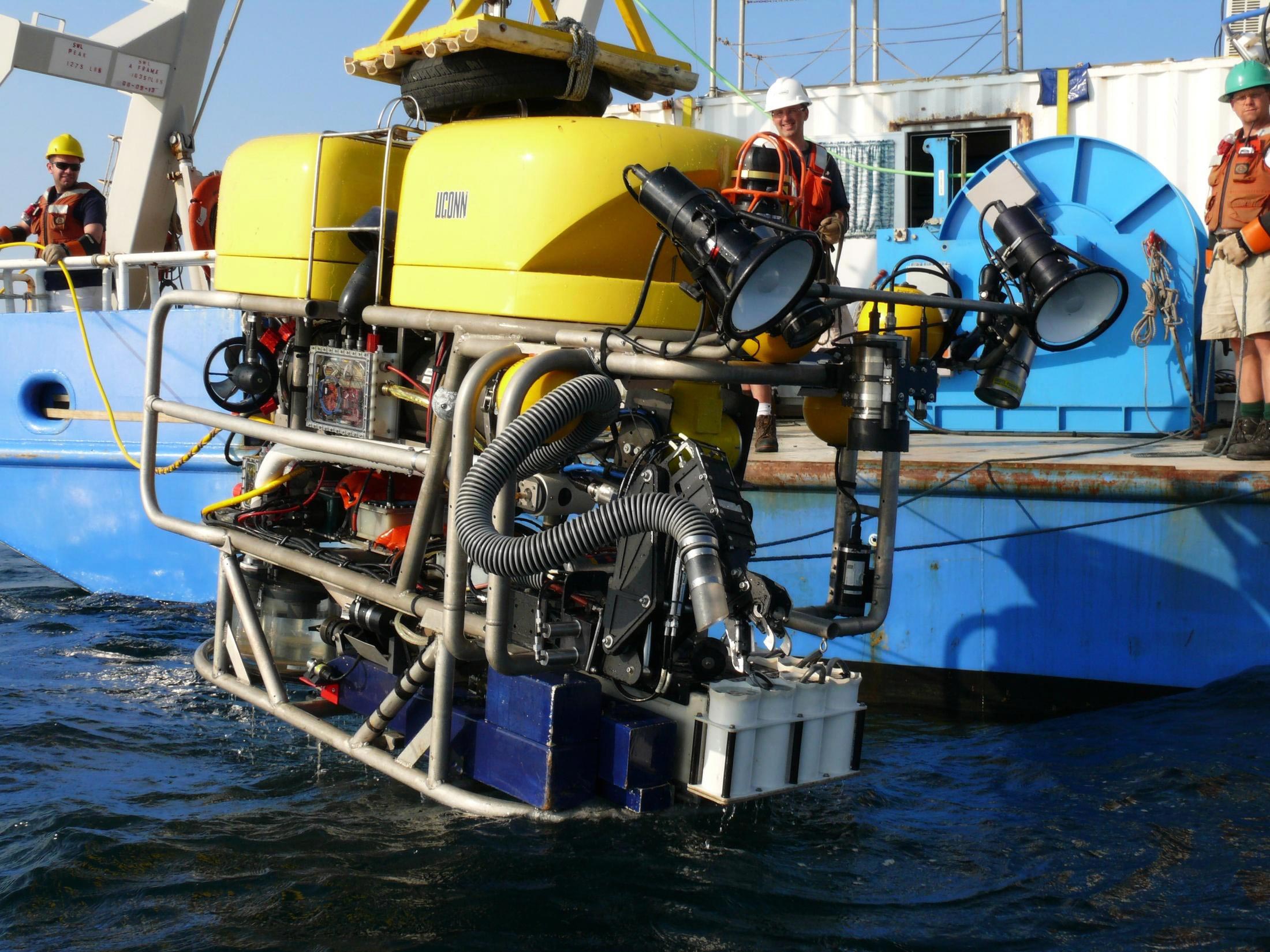
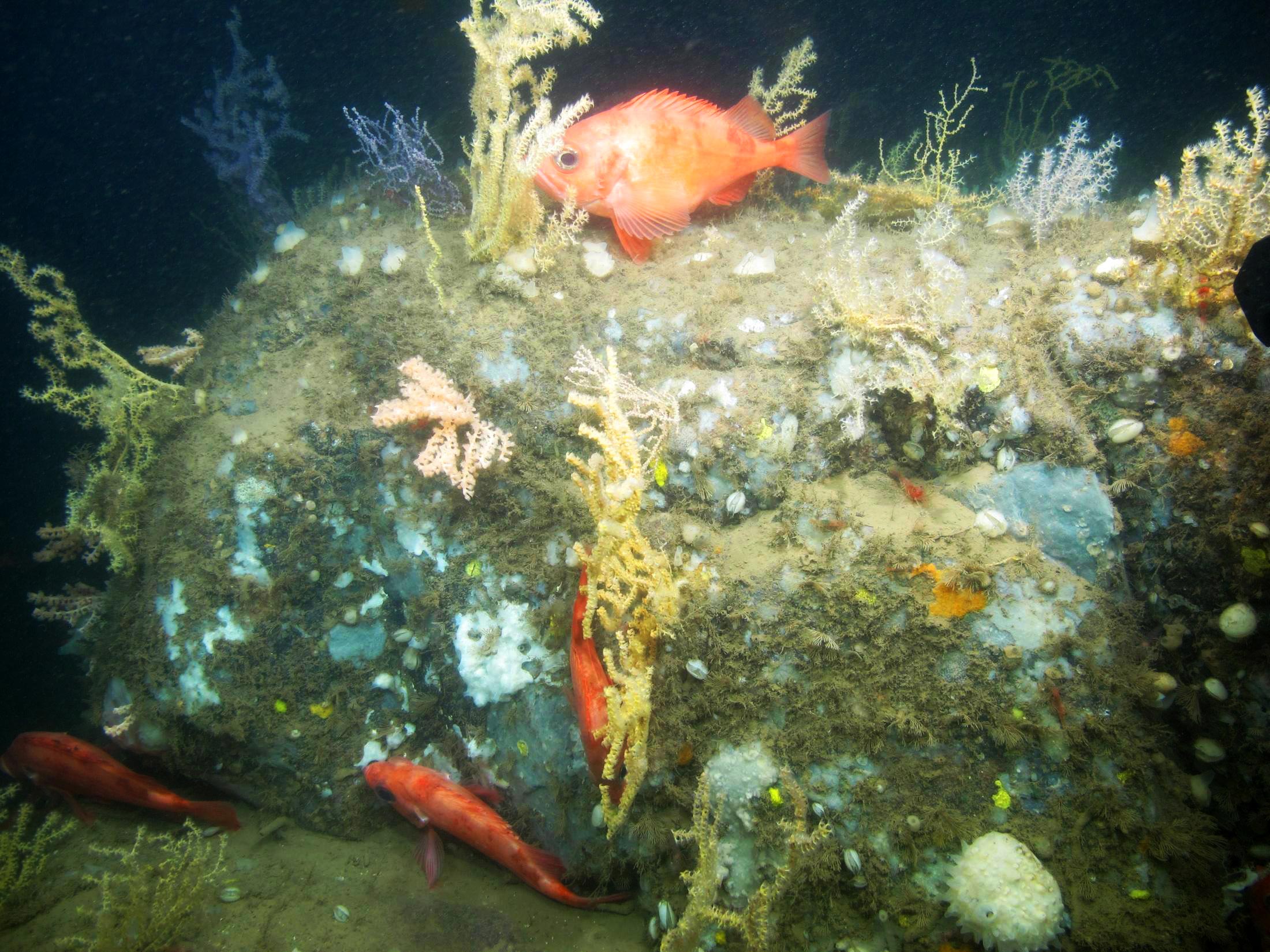
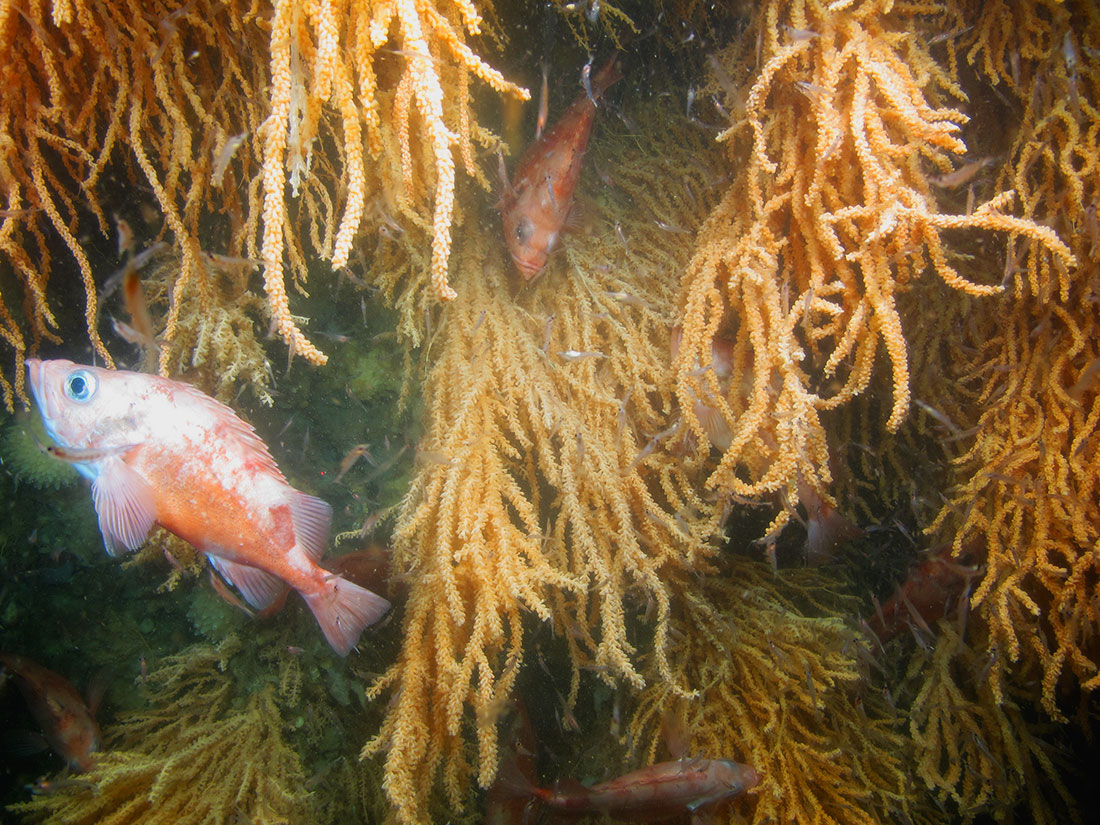
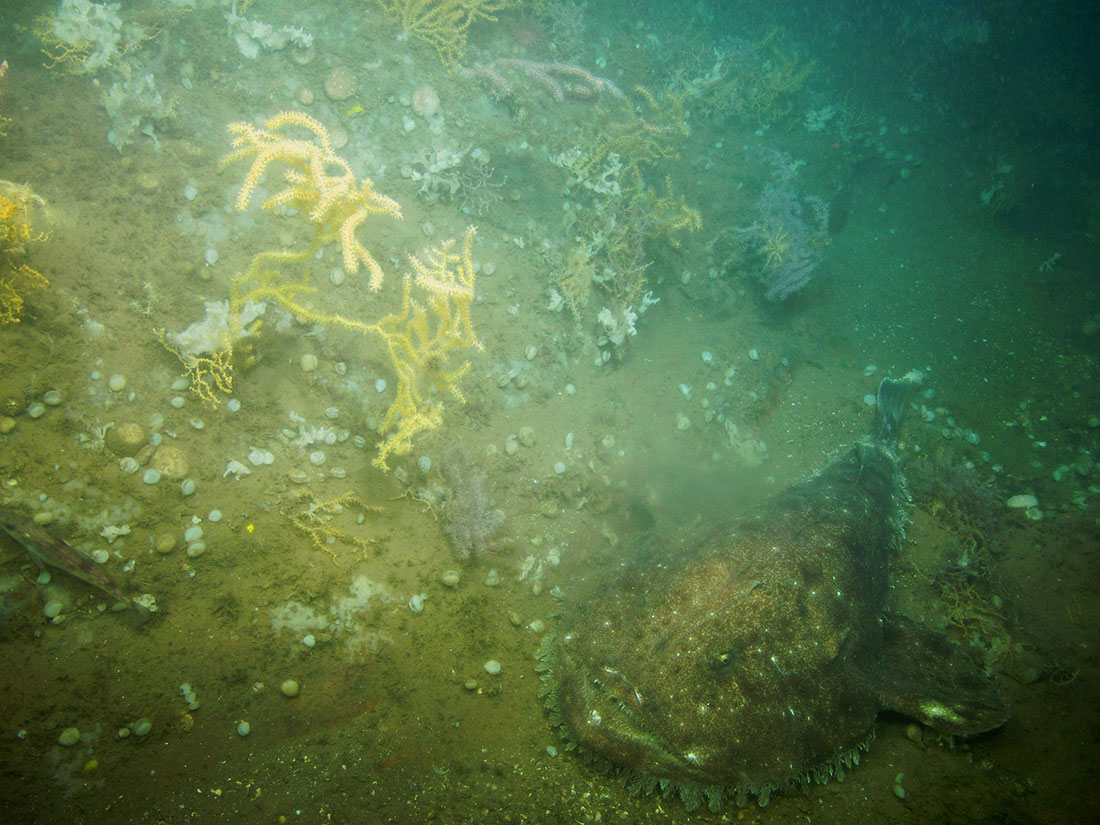
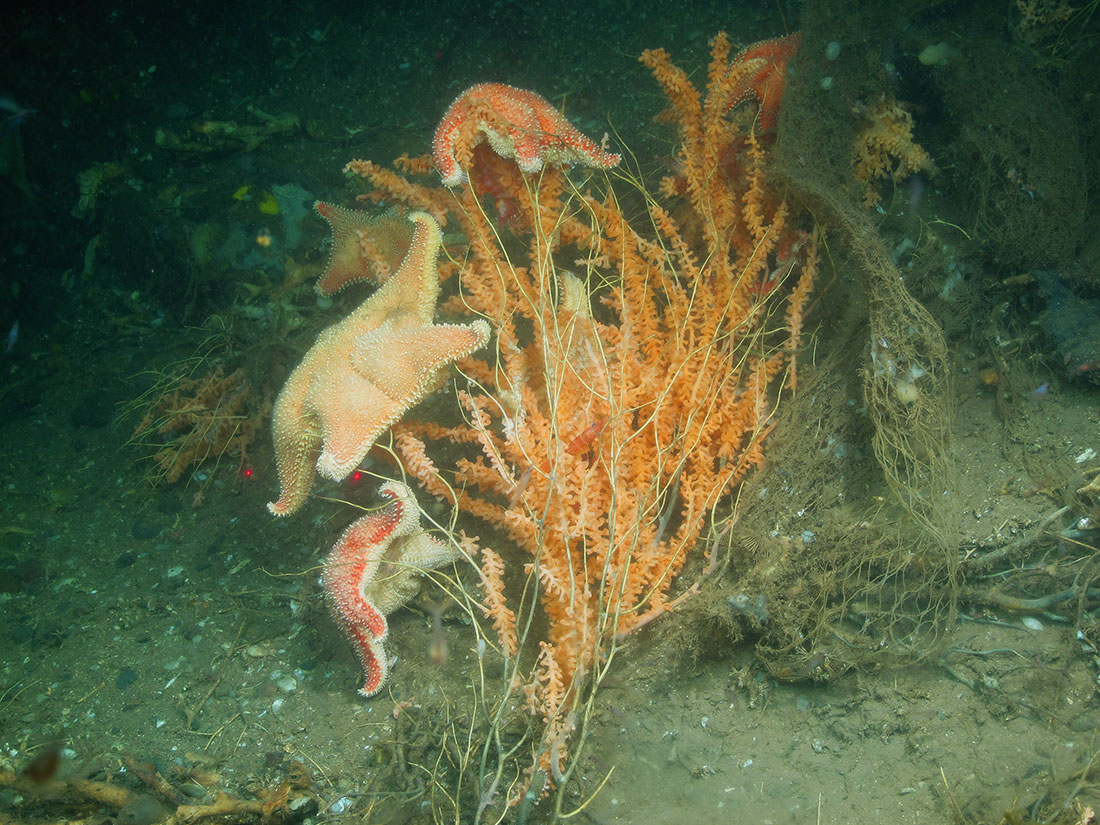
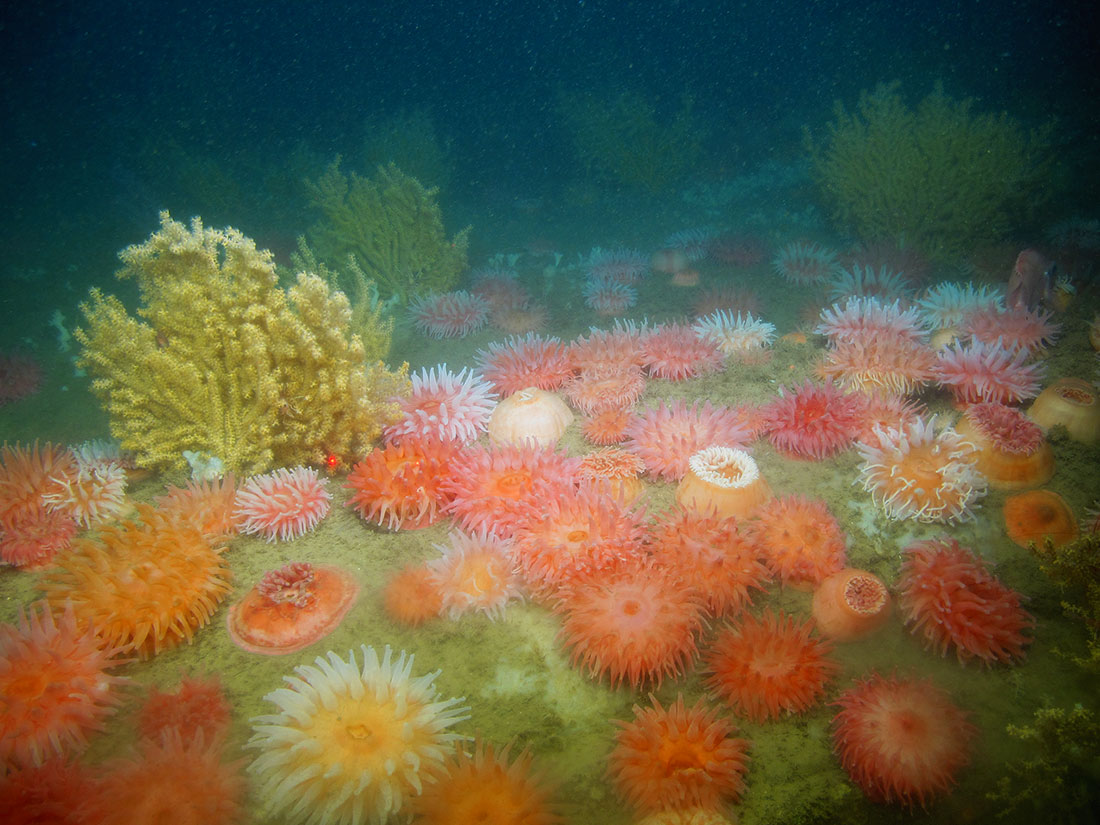




![Cucllia dorsalis [2] A black catepillar with orange and white spots, The Cucillia Dorsalis aka Harlequined Paint](https://magazine.uconn.edu/wp-content/uploads/2018/04/Cucllia-dorsalis-2.jpg)
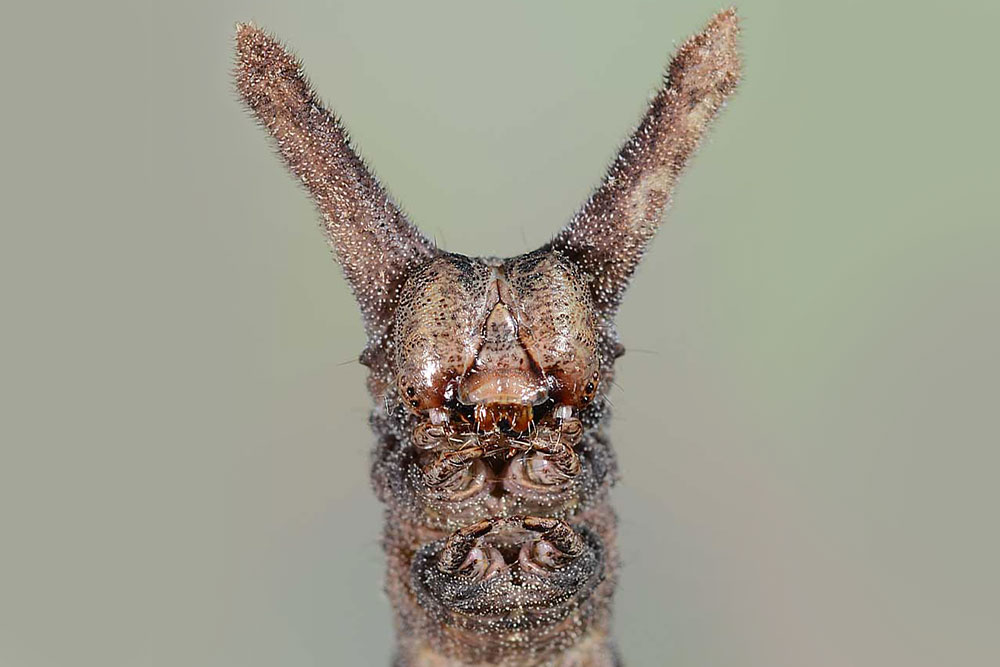
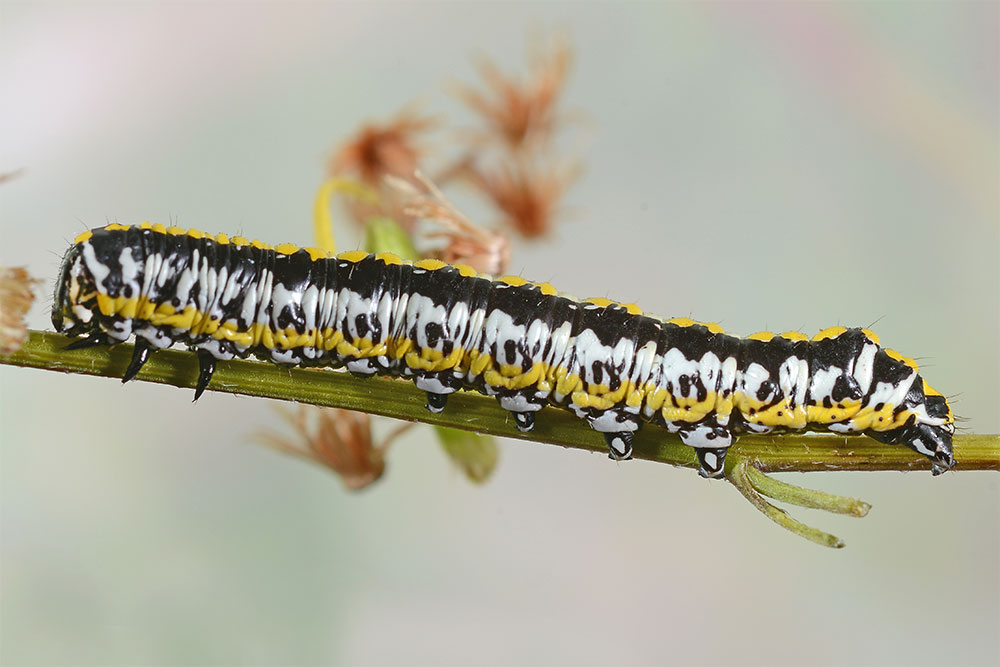
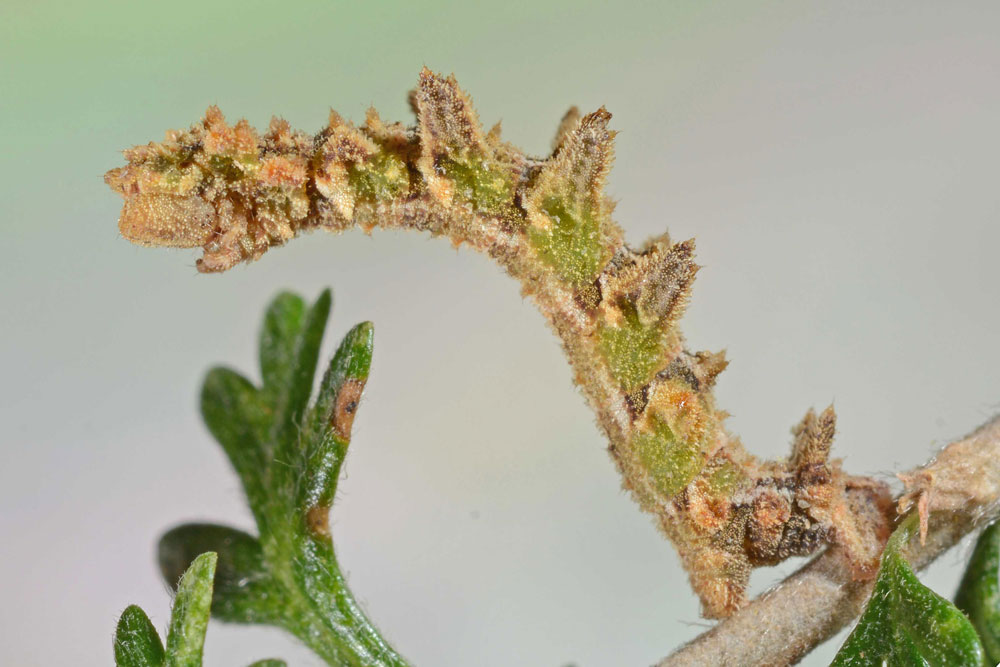
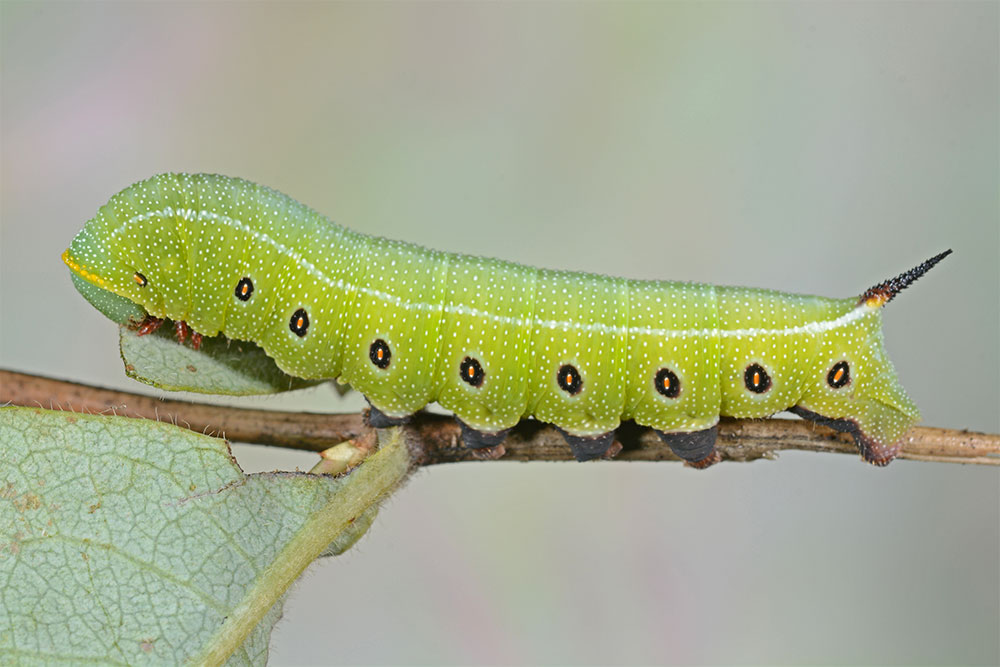
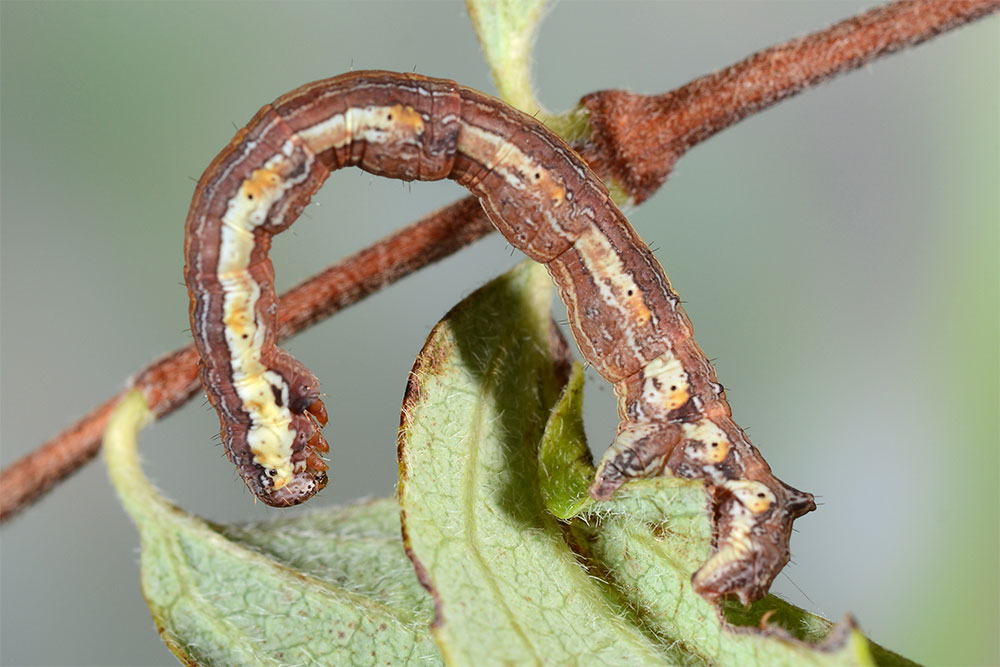
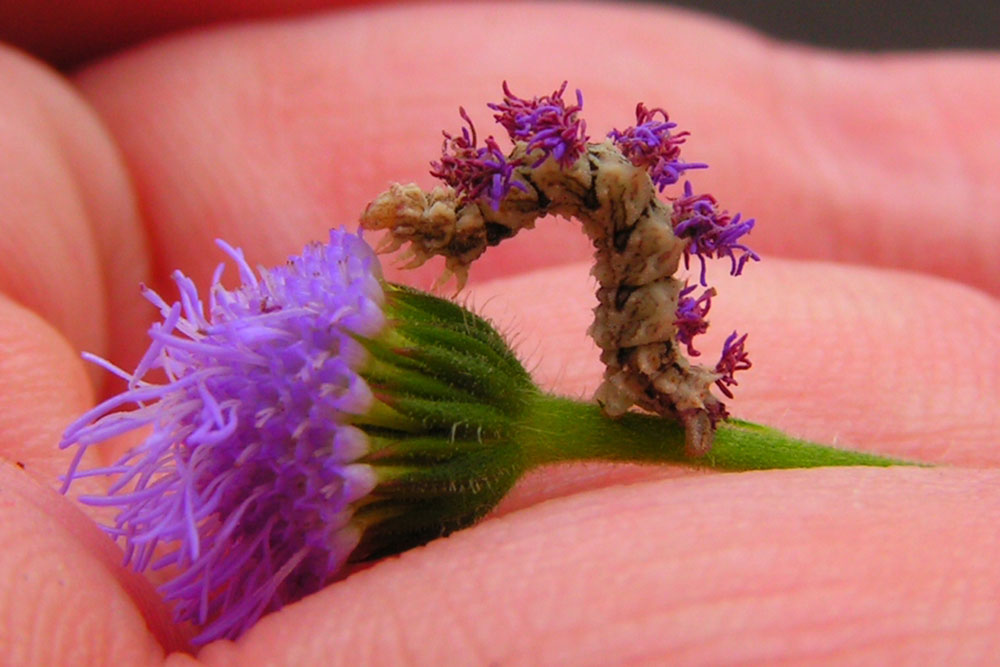
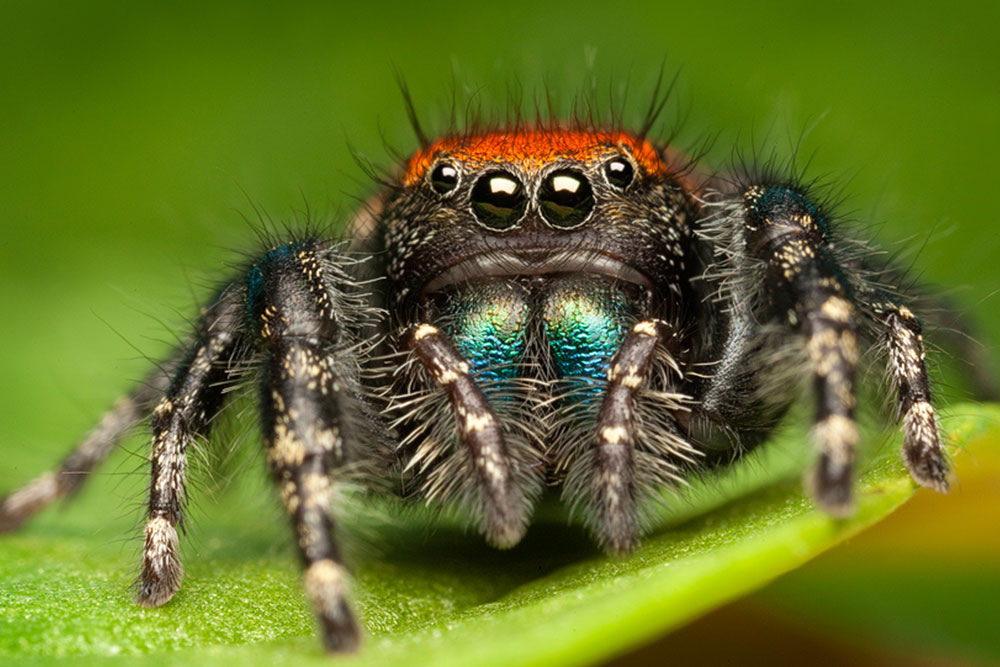
[…] extinction rate is becoming much higher than the natural background extinction rate. Scientists are rushing to assess the on going rate of the extinction in different parts of the […]